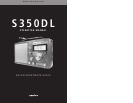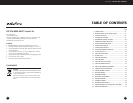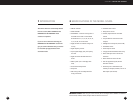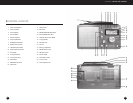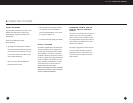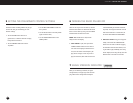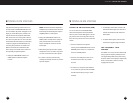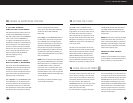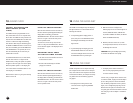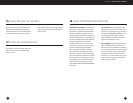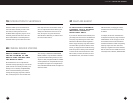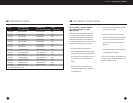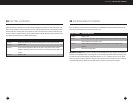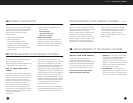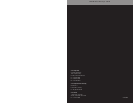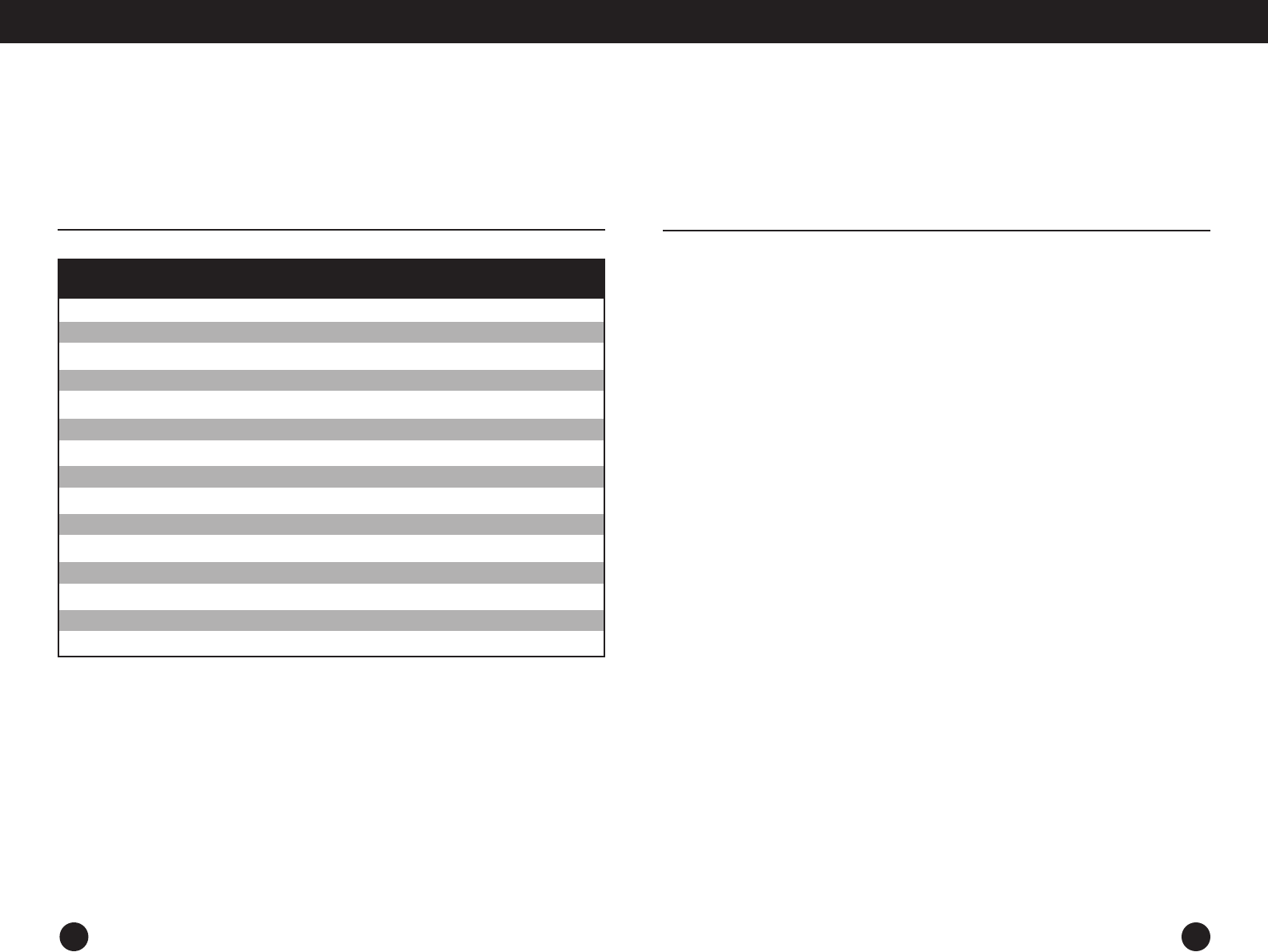
BAND MEGAHERTZ (MHz) KILOHERTZ (KHz) S350DL
(as on some radios) (as on the model S350DL) switch setting
120 meters 2,300-2,500 MHz 2300- 2500 KHz SW1
90 meters 3,20-3,40 MHz 3200-3400 KHz SW1
75 meters 3,90-4,00 MHz 3900-4000 KHz SW1
60 meters 4,750-5,060 MHz 4750-5060 KHz SW1
49 meters 5,950-6,20 MHz 5950-6200 KHz SW1
41 meters 7,10-7,60 MHz 7100-7600 KHz SW1
31 meters 9,20-9,90 MHz 9500-9900 KHz SW2
25 meters 11,600-12,200 MHz 11600-12100 KHz SW2
22 meters 13,570-13,870 MHz 13570-13870 KHz SW2
19 meters 15,10-15,80 MHz 15100-15800 KHz SW2
16 meters 17,480-17,90 MHz 17480-17900 KHz SW3
13 meters 21,450-21,850 MHz 21450-21850 KHz SW3
11 meters 25,60-26,10 MHz 25600-26100 KHz SW3
10 meters 26,965-27,41 MHz 26965-27410 KHz SW3
also called ’citizens band’ or CB
S 3 5 0 DL O PE RATI ON M AN UAL
23
23 DAY BANDS / NIGHT BANDS
DAY BANDS / NIGHT BANDS –
THE DIFFERENCE IS VERY
IMPORTANT
Because shortwave signals depend on such fac-
tors as the sun, the ionosphere and interaction
with the earth itself, signals cannot be heard on
all bands throughout the day. Some bands are
best during the daylight hours, and some are best
at night. Here are some good ‘rules of thumb’.
• In general, the bands with frequencies
below 13000 KHz are better at night and the
bands with frequencies above 13000 KHz are
best during the day. This guideline is not ‘cast
in concrete’ but is a useful general rule of
thumb.
• Around sunrise and sunset, both the day
and night bands might be good, sometimes
exceptionally good.
• In the summer time, the day bands often are
good into the early night.
• While most shortwave stations are found
within the frequency limits of these defined
bands, some are found outside of them. It
pays to take the time to tune in-between
bands too.
• These guidelines can be used worldwide and
are not dependent on location.
Listed on the next page are the characteristics of
the major shortwave bands. Follow these guide-
lines for best listening results.
22
22 SHORTWAVE BANDS



